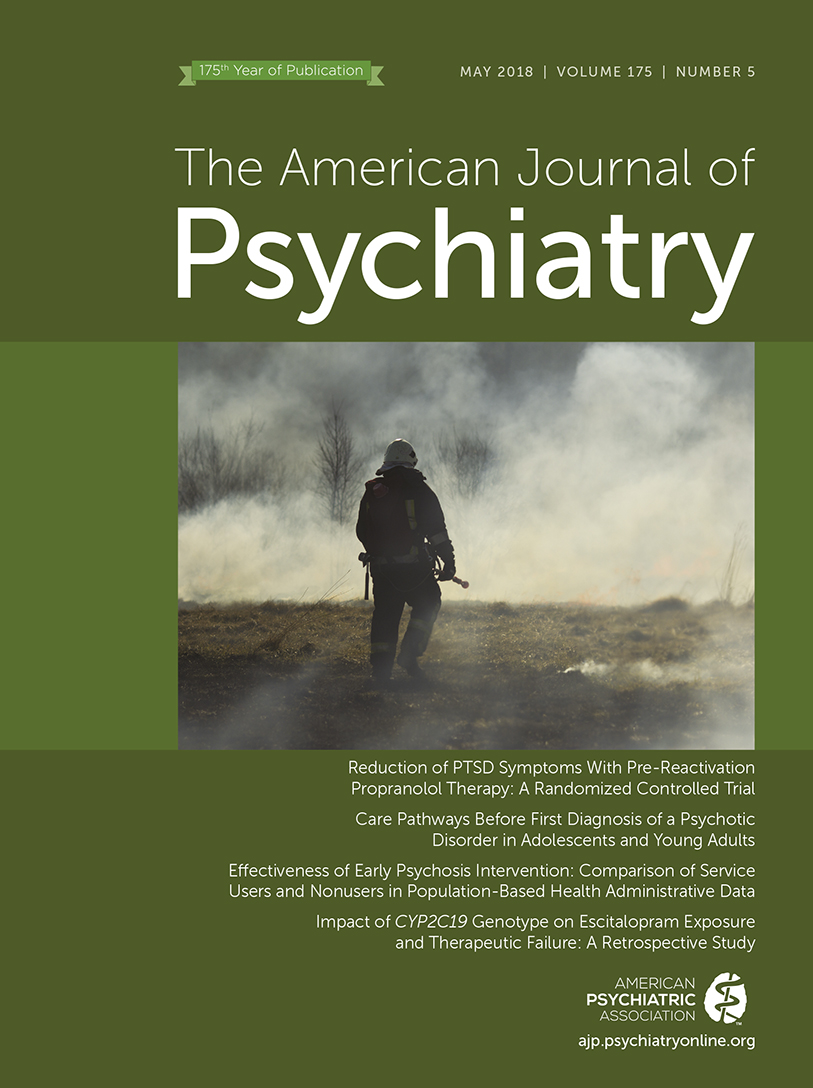The Female Mind: A User’s Guide

Being a woman is hard. And not because of periods and pregnancy. There are a host of complicated biological, psychological, and socio-cultural phenomena that intersect for girls and women, making the female gender uniquely disturbing and wonderful. The Female Mind: A User’s Guide by Kathryn M. Abel and Rosalind Ramsay provides a compelling account of gender’s role in a life. Published by the Royal College of Psychiatrists, this fresh book is neither a feminist’s manifesto nor a contrived assertion of the obvious. It is a highly researched and academic account of what it means to be a woman, as well as an authoritative commentary on how gender disparities affect health.
The release date could not be more timely as the worldwide media abounds with a spotlight on gender disparities and abuse. The Female Mind: A User’s Guide is an authoritative commentary on the perils, charms, and challenges that co-occur with being a woman. The book is a revolutionary account of all that womanhood entails and how it can no longer be ignored.
Divided into five parts—“Women in Perspective,” “Women and Society,” “Women and Their Environment,” “Women and Specific Disorders,” and “Women and Treatment”—its highly cerebral yet sensitive tone transcends the pages and will appeal to clinicians, researchers, patients, and general readers alike.
Part 1, “Women in Perspective,” shows the portrayal of women throughout mythology, theology, medicine, and literature. There are smart references to Pandora, the first woman in classical Greek mythology, and Virginia Woolf, the writer who responded to a perceived patriarchal system designed to keep women subordinate. Readers are taken through a historical journey that lands in Paris with Philippe Pinel (inventor of the bedside manner) and neurologist Jean-Martin Charcot, who was studying hysteria (“a disease of the womb”) and hypnotizing women for entertainment.
Historical anecdotes blend flawlessly with stories from contemporary women. And interjected throughout are facts, statistics, and data that compel without overwhelming the reader.
One of the best parts of this book is that many chapters close with “tips for family and friends,” as the authors rightfully point out the nexus between mental health and overall health. This is done exceptionally well in the chapter “Growing Up Female,” where the author poignantly lists statements by young girls struggling with their feelings, such as, “I feel depressed and unlikeable.” Being female poses somewhat of a clash, which the astute psychoanalyst Irma Brenman Pick described as the powerful forces and persuasive defenses of adolescence accounting for both the disturbance and charm of being a girl.
A disproportionate number of the world’s poor are women. Overall, six out of 10 of the world’s poorest people are women. According to the World Economic Forum, significant gender gaps remain; a notable statistic is that women in full-time employment earn 15% less than men. “Women and Society,” the title of part 2, tackles social injustices such as poverty. It also addresses head-on arranged marriage, crime, and intimate partner violence, which affects 6% of all adults ages 16–59, according to the U.K. Office for National Statistics.
Part 3, “Women and Their Environment,” focuses on areas in which women face particular challenges, including work, caregiving, education, and exercise. Improved health can be achieved, the authors recommend, through 150 minutes of exercise a week and preventive measures such as cessation of smoking and drinking. Seemingly taboo topics like parental insensitivity are also addressed in a matter-of-fact and helpful manner. And a fierce argument is made that people with mental health problems should have access to the same standard of general medical care as people without these conditions.
Part 4, “Women and Specific Disorders,” includes 15 pointed chapters that cover everything from anxiety to mood, psychosis, attention deficit hyperactivity disorder, and trauma. The content of these chapters is quite pedantic for professionals. This is less a criticism, however, and more an opportunity for practitioners to recommend this book as a useful instruction manual for our patients. The language is clear and concise, and difficult concepts are conceptualized in easy-to-understand lists and examples. Nothing is left out, even self-harm, which is “far more common than women realise” (p. 167).
Rounding out this nice and easy read is a final section on treatment, a part that has no novelty to practitioners but proves yet again to be an immense guide for the general public, those who have no medical background other than holding alone their waxing and waning moods, relationships, and worries. Through this book, I have no doubt that readers will feel understood and less alone. Most importantly, readers will fully appreciate that being female is not something to be ignored.



